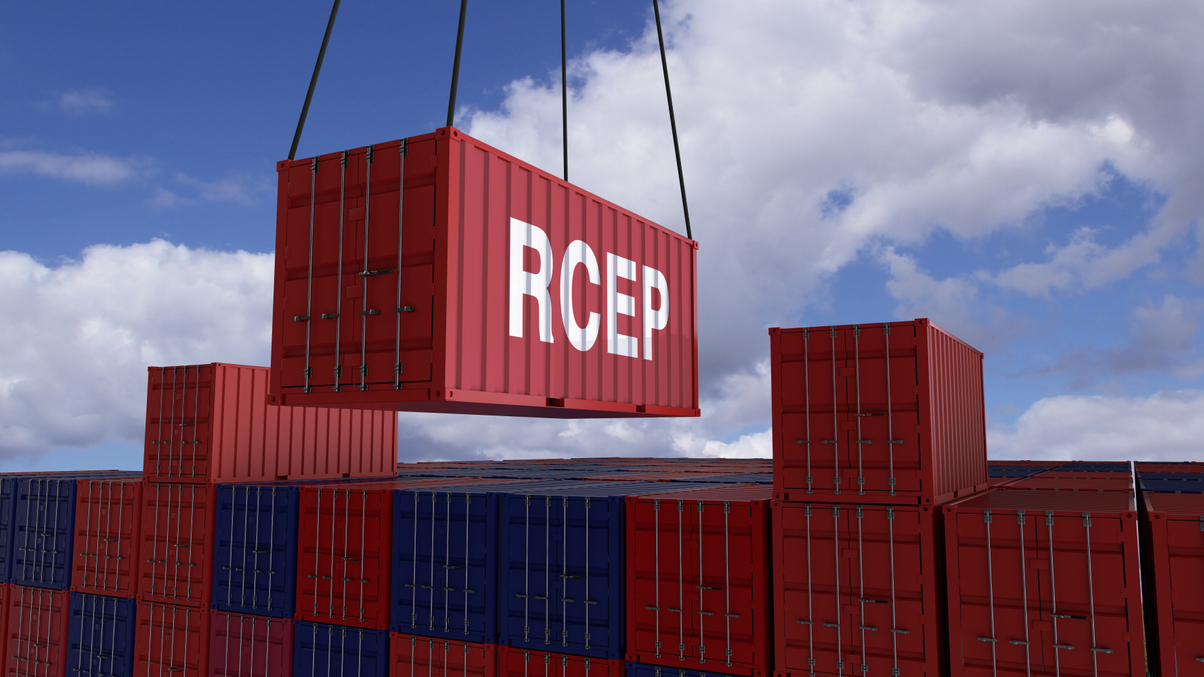Market Views: How can RCEP benefit investments in Asia?
Asean countries are believed to benefit the most from the world’s largest free trade pact.

In renewed efforts to establish regional trade relationships, the world’s largest free trade pact, the Regional Comprehensive Economic Partnership (RCEP), took effect on the first day of 2022 among 15 Asian countries.
Sign in to read on!
Registered users get 2 free articles in 30 days.
Subscribers have full unlimited access to AsianInvestor
Not signed up? New users get 2 free articles per month, plus a 7-day unlimited free trial.
¬ Haymarket Media Limited. All rights reserved.


